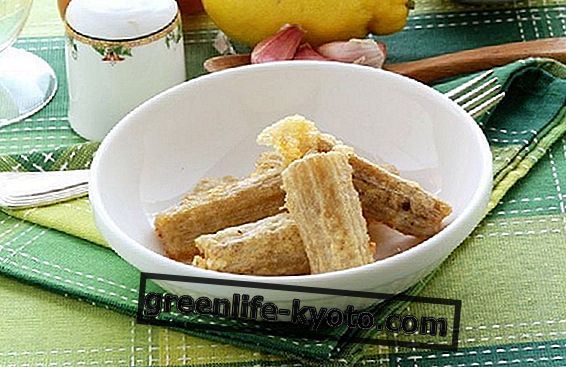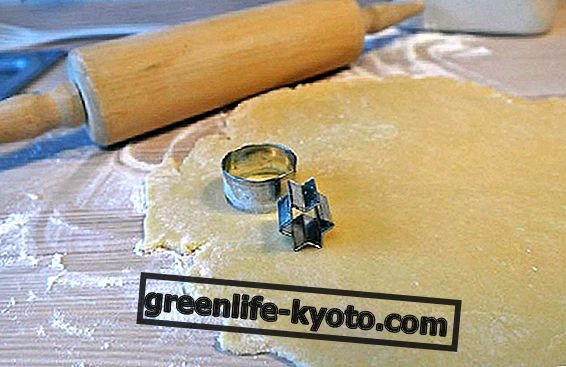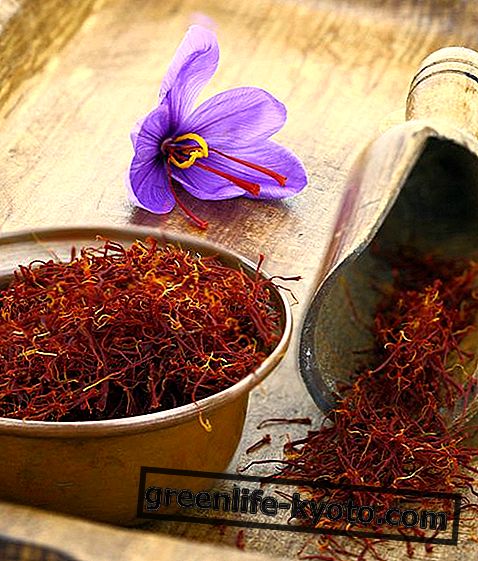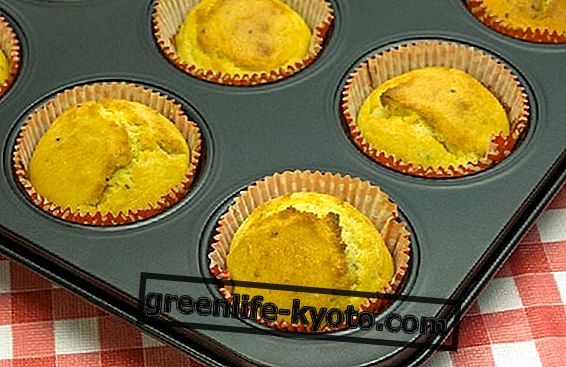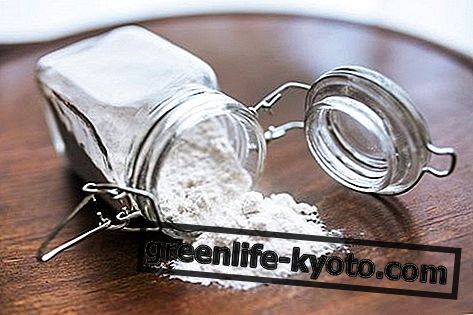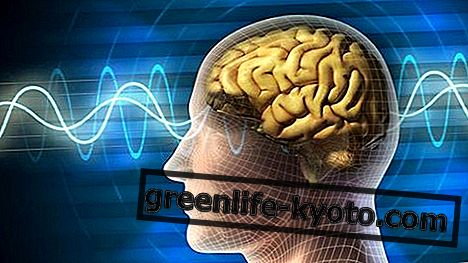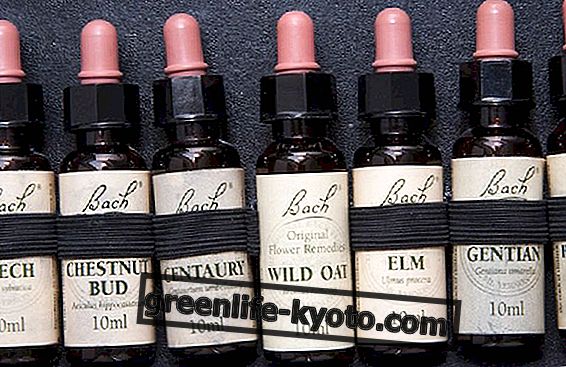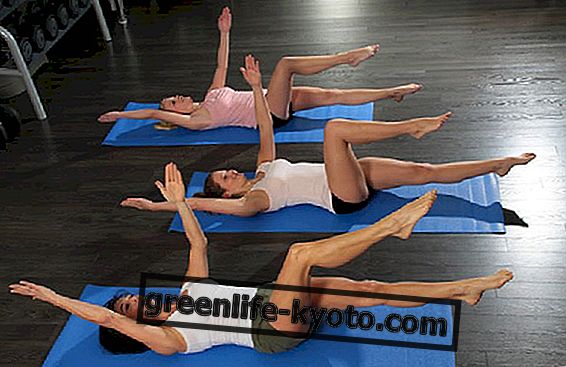
Pure as unleavened bread
The Jews are great masters of unleavened bread : for them eliminating the yeast from the dough has always meant a symbolically clean bread, without impurities, unleavened bread without stain or shadow, free from swollen and "leavened" discomforts and conflicts.
Making bread without yeast today represents not only a symbolic act, but also a help to a physical process, that of digestion, which often and for various reasons meets situations of discomfort and discomfort.
Make bread with water and flour
The bread without yeast therefore follows the recipe of a type of bread composed solely of flour and water, which does not put into effect any fermentation process, to which other ingredients can be added, such as the two basic ones, oil and salt. If you prefer, you can also add wholemeal flour, herbs, milk or baking soda in the dough.
You then get thin loaves, similar to Indian bread, which can be cooked both in the oven and in the pan. The advantages? A light and digestible bread, especially suitable for those suffering from intolerances or following special dietary regimens or anti-swelling.
The disadvantages? 100 grams of bread without yeast make about 370 calories, about 100 more than leavened bread, precisely because, containing a lower percentage of water, this means that there is a higher energy intake. Here are the directions for a simple recipe for unleavened bread .
Basic recipe of bread without yeast
Ingredients for about 4 people
> 500 g of flour 0
> about 250 g of water
> a tablespoon of olive oil
> salt
Preparation
Combine the flour and water in a bowl, mixing well and kneading for about 5/10 minutes on the floured pastry board. Once you have a beautiful elastic mixture, let it rest for about an hour, covered with a slightly damp cloth. After the indicated time has passed, divide the mass into a series of balls, which you will thinly apply with a rolling pin.
Each of these balls will be brushed with oil, then cooked in a hot oven (for about 10-12 minutes at 180 ° C), or in a hot non-stick pan for about a couple of minutes per side, covering and turning the bread on each side.
If you put it in the pan the dough will swell more, while in the oven it will remain more crunchy and similar to a cracker. In both cases you can then add salt to taste.
Trick of the trade : to make the bread form nice bubbles and swell, if you cook it in the pan, you can moisten the corner of a dishcloth and keep it pressed on the bread at various points for a few seconds during cooking.
